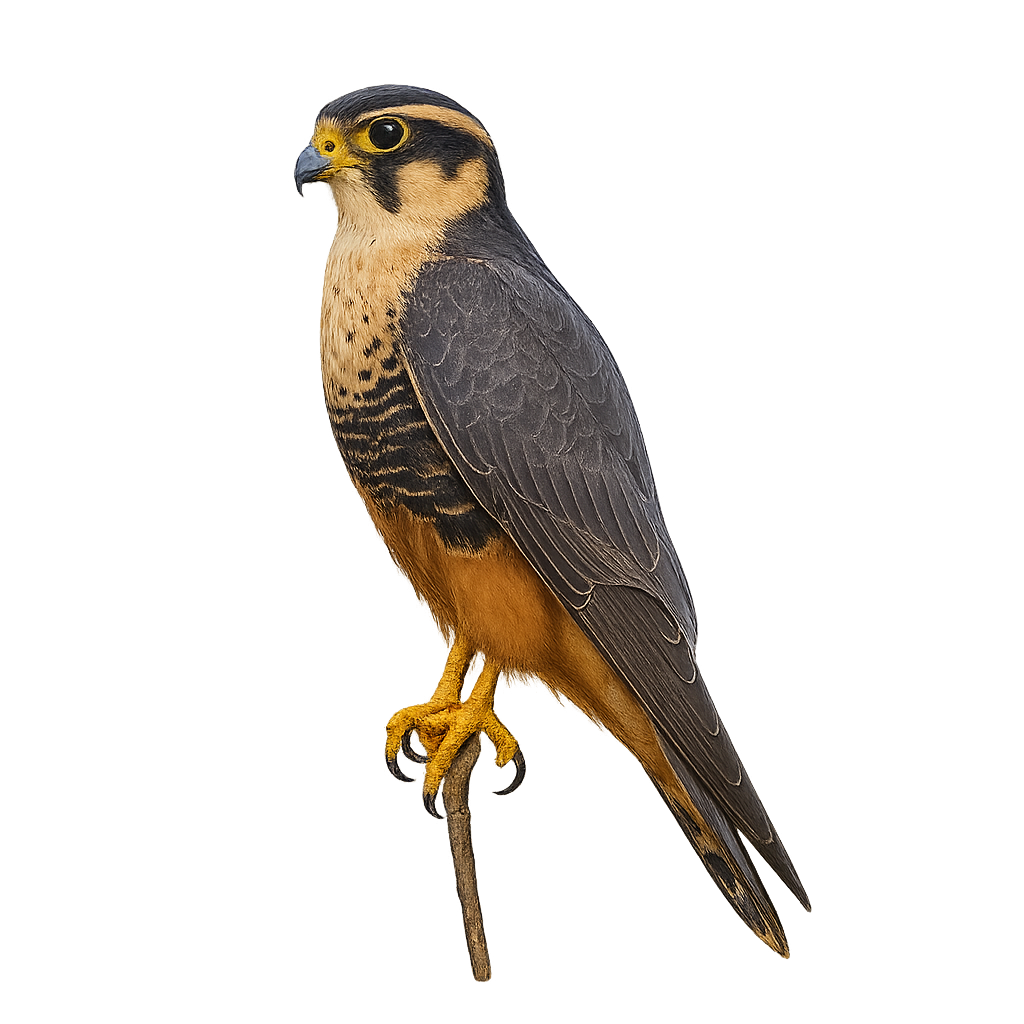Your wildlife photography guide.
Explore the aplomado falcon in detail, study its behavior, prepare your shots.
Where to observe and photograph the aplomado falcon in the wild
Learn where and when to spot the aplomado falcon in the wild, how to identify the species based on distinctive features, and what natural environments it inhabits. The WildlifePhotographer app offers tailored photography tips that reflect the aplomado falcon’s behavior, helping you capture better wildlife images. Explore the full species profile for key information including description, habitat, active periods, and approach techniques.
Aplomado Falcon
Scientific name: Falco femoralis

IUCN Status: Least Concern
Family: FALCONIDAE
Group: Birds
Sensitivity to human approach: Suspicious
Minimum approach distance: 30 m
Courtship display: August to November
Incubation: 30-33 jours
Hatchings: September to December
Habitat:
Open grasslands, savannas, semi-desert areas
Activity period :
Primarily active during the day, with peak activity in the morning and late afternoon.
Identification and description:
The Aplomado Falcon, Falco femoralis, is a sleek and slender raptor, recognizable by its distinctive plumage. It features a slate-gray back, a white belly, and a black band across the chest. Its wings are long and pointed, adapted for fast and agile flights. This falcon is primarily found in open grasslands, savannas, and semi-desert areas of Central and South America. A skilled predator, it mainly feeds on small birds, rodents, and insects. Although its habitat is vast, it is sometimes threatened by the loss of its natural environment. Its behavior is generally suspicious, but it can become accustomed to human presence in some areas.
Recommended lens:
400 mm – adjust based on distance, desired framing (portrait or habitat), and approach conditions.
Photography tips:
To photograph the Aplomado Falcon, it is advisable to use a telephoto lens of at least 400mm to capture detailed images from a distance. Look for open areas where it often hunts, such as grasslands or savannas. Be patient and discreet, as this falcon can be suspicious. Use a tripod to stabilize your camera and wait for the right moment to capture its fast and graceful flight. Morning or late afternoon light is ideal for achieving vibrant colors and interesting contrasts.
The WildlifePhotographer App is coming soon!
Be the first to explore the best nature spots, track rutting seasons, log your observations, and observe more wildlife.
Already 1 439 wildlife lovers subscribed worldwide

